Which material provides warmth even when wet?
Introduction
Wool, a natural and time-tested textile, stands as a paragon of warmth and comfort. This extraordinary material, derived from the fleece of sheep, boasts insulating properties that excel even in damp conditions. Its secret lies in the crimped structure of wool fibers, which trap pockets of air, creating a natural thermal barrier. This unique feature enables wool to maintain warmth and a best fabric for warmth, making it a cherished choice for cold climates. Furthermore, wool's ability to wick moisture away from the body while still retaining its insulating capacity sets it apart from many other fabrics. In the world of textiles, wool reigns as the warmest clothing material and most versatile option for those seeking both cosiness and durability.
Types of wool
There are several types of wool fabric, but three of the main types are:
- Merino Wool: Known for its softness and fine fibers, merino wool comes from the Merino sheep breed. It's highly recognized as a best fabric for warmth, breathability, and moisture-wicking properties, making it a popular choice for clothing, particularly base layers and outdoor wear.
- Lambswool: Lambswool is obtained from the first shearing of a young sheep, typically around six or seven months old. It's soft, lightweight, and warm, often used in sweaters, scarves, and other cold-weather apparel.
- Cashmere: cashmere wool comes from the soft undercoat of Cashmere goats. It's incredibly luxurious, lightweight, and exceptionally warm. Cashmere is often used in high-end sweaters, shawls, and accessories due to its softness and insulating properties.
Properties of wool material
Wool possesses several notable properties:
- Insulating: Wool fibers trap air, creating a natural insulating barrier that keeps you warm in cold weather.
- Moisture-Wicking: Wool can absorb moisture, up to 30% of its weight, without feeling damp, making it suitable for regulating body temperature.
- Odor-Resistant: Wool's natural resistance to odors makes it a good choice for garments that are worn frequently.
- Fire-Resistant: Wool is less prone to catching fire compared to many synthetic materials and is self-extinguishing when the flame source is removed.
- Durable: Wool is known for its longevity and can withstand wear and tear, often lasting for many years.
- Biodegradable: It is an eco-friendly material that biodegrades naturally, reducing environmental impact.
- Elastic: Wool fibers can stretch and return to their original shape, adding to the fabric's comfort and resilience.
- UV-Resistant: Wool provides some protection against harmful UV rays, making it suitable for outdoor clothing.
- Soft and Comfortable: It has a natural softness and warmth that makes it comfortable to wear.
- Variety: Wool comes in different types, from merino to cashmere, each with unique qualities, allowing for various applications in clothing, textiles, and more.
Wool as a warmest fabric for clothing
The warmest clothing material is often considered to be high-quality, fine-grade wool, particularly Merino wool. Merino wool has excellent insulation properties, and a natural ability to regulate body temperature, making it one of the warmest clothing fabric. Other warm options include down insulation and certain synthetic materials designed for extreme cold weather, such as those used in Arctic expedition gear. However, the warmth of clothing also depends on its construction and the layering system, as well as the specific conditions and activity level of the wearer.
How wool keeps us warm even when wet?
Wool's remarkable capacity to keep you warm, even when wet, can be attributed to its unique properties of warmest clothing fabric. The crimped structure of wool fibers creates numerous tiny air pockets within the fabric. Even when saturated with moisture, these air pockets continue to insulate, trapping warm air close to the body. Additionally, wool's moisture-absorbing capability allows it to wick moisture away from the skin, preventing the cooling effect of wetness. This moisture is then retained within the fiber, where it generates a small amount of heat, aiding in maintaining body temperature. These combined features make wool an exceptionally best fabric for maintaining warmth in damp conditions, distinguishing it from many other materials.
Frequently asked question
Does wool keep you warm?
Indeed, wool keeps you warm thanks to its exceptional insulation. Wool fibers contain crimps that form air pockets, preserving heat close to your body. Even in wet conditions, wool remains an effective insulator and moisture regulator, setting it apart as a reliable choice for warmth and comfort in a variety of climates.
Does fleece keep you warm?
Yes, fleece is known for its warmth. It is a synthetic fabric made from polyester and is designed to mimic the insulating properties of natural wool. Fleece is lightweight, retains heat, and is often used in cold-weather clothing like jackets and sweaters, making it an effective choice for staying warm in chilly conditions.

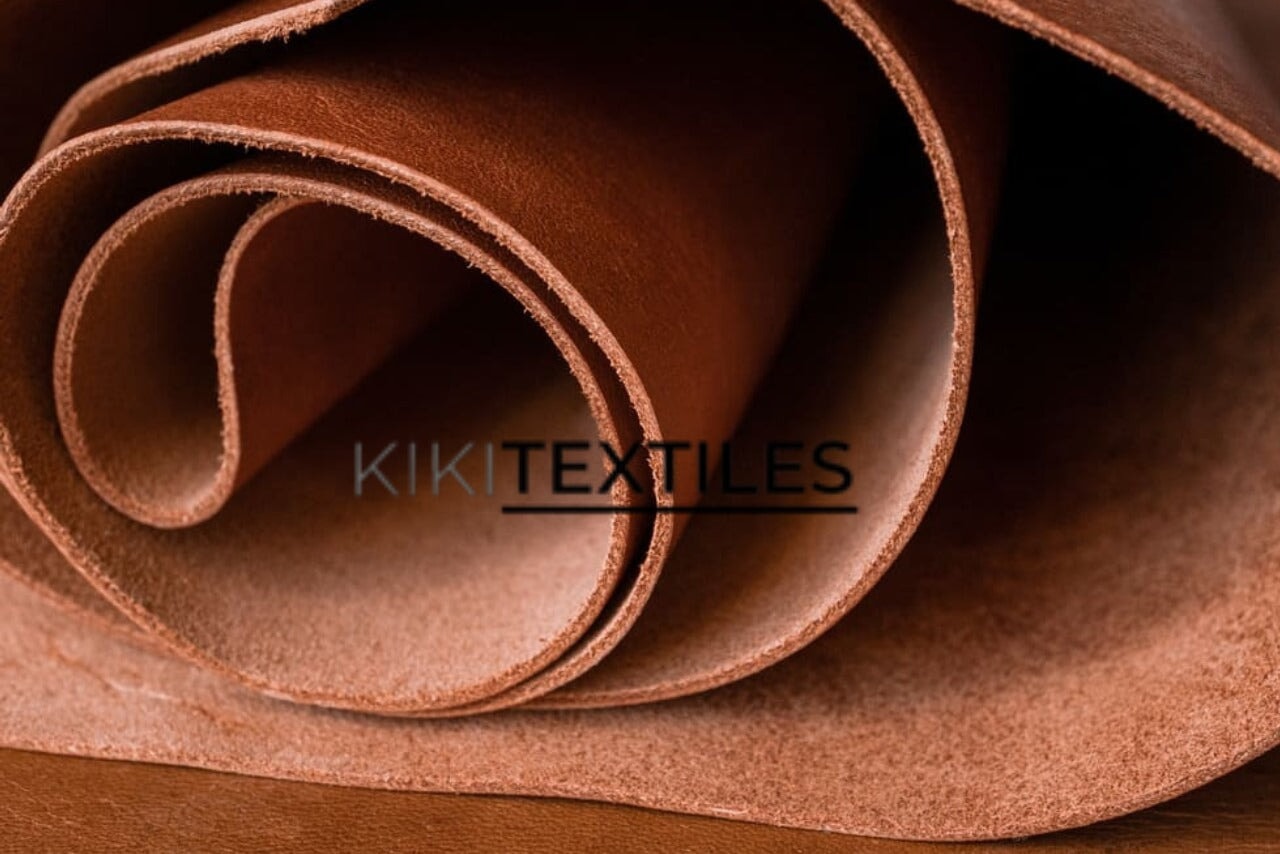
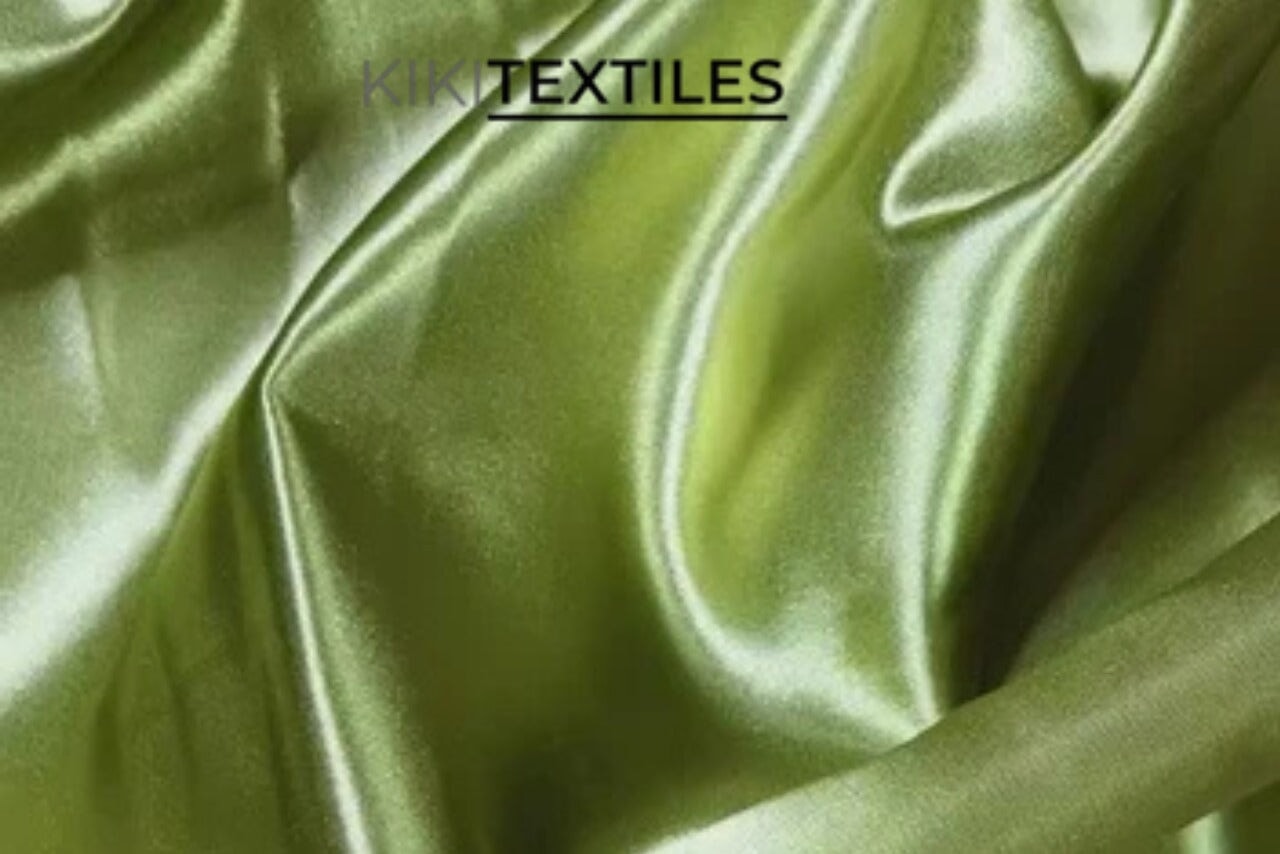
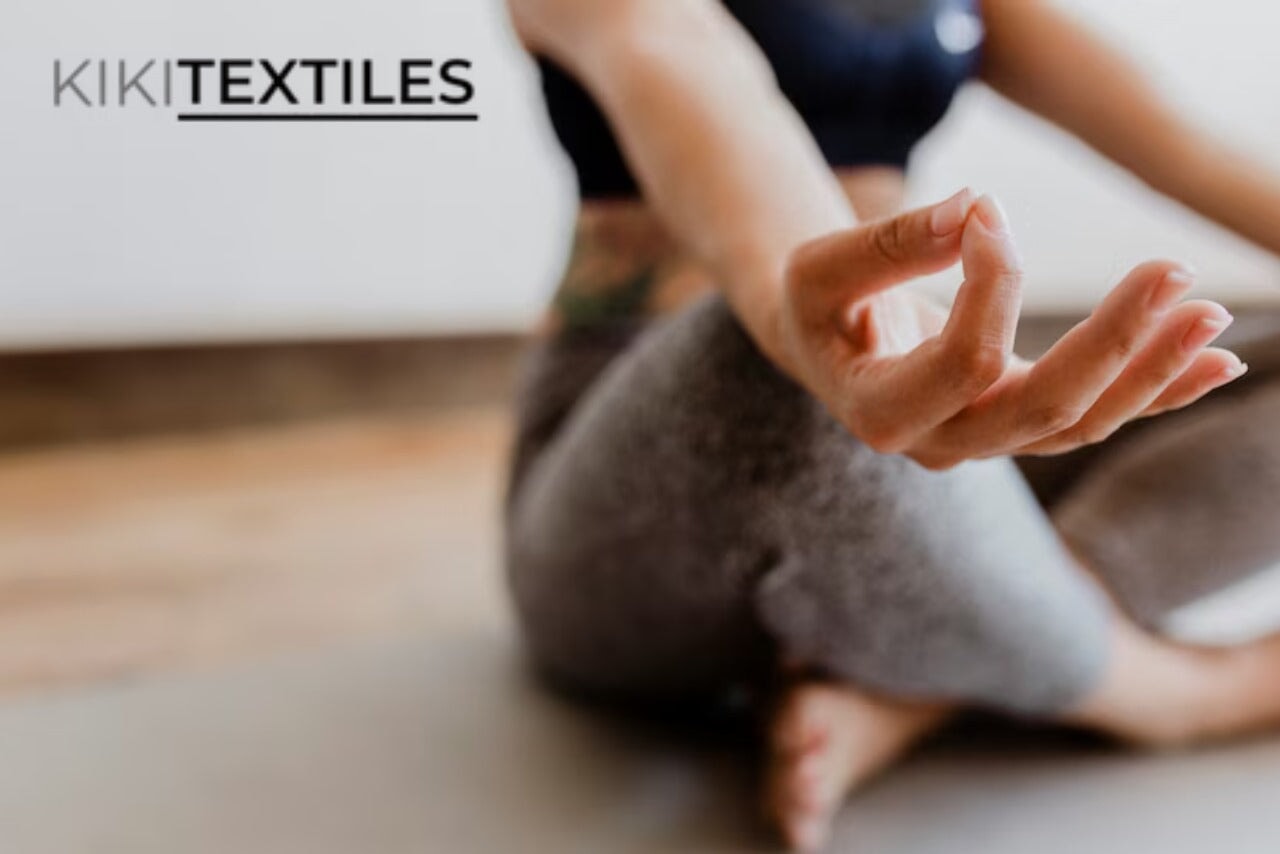
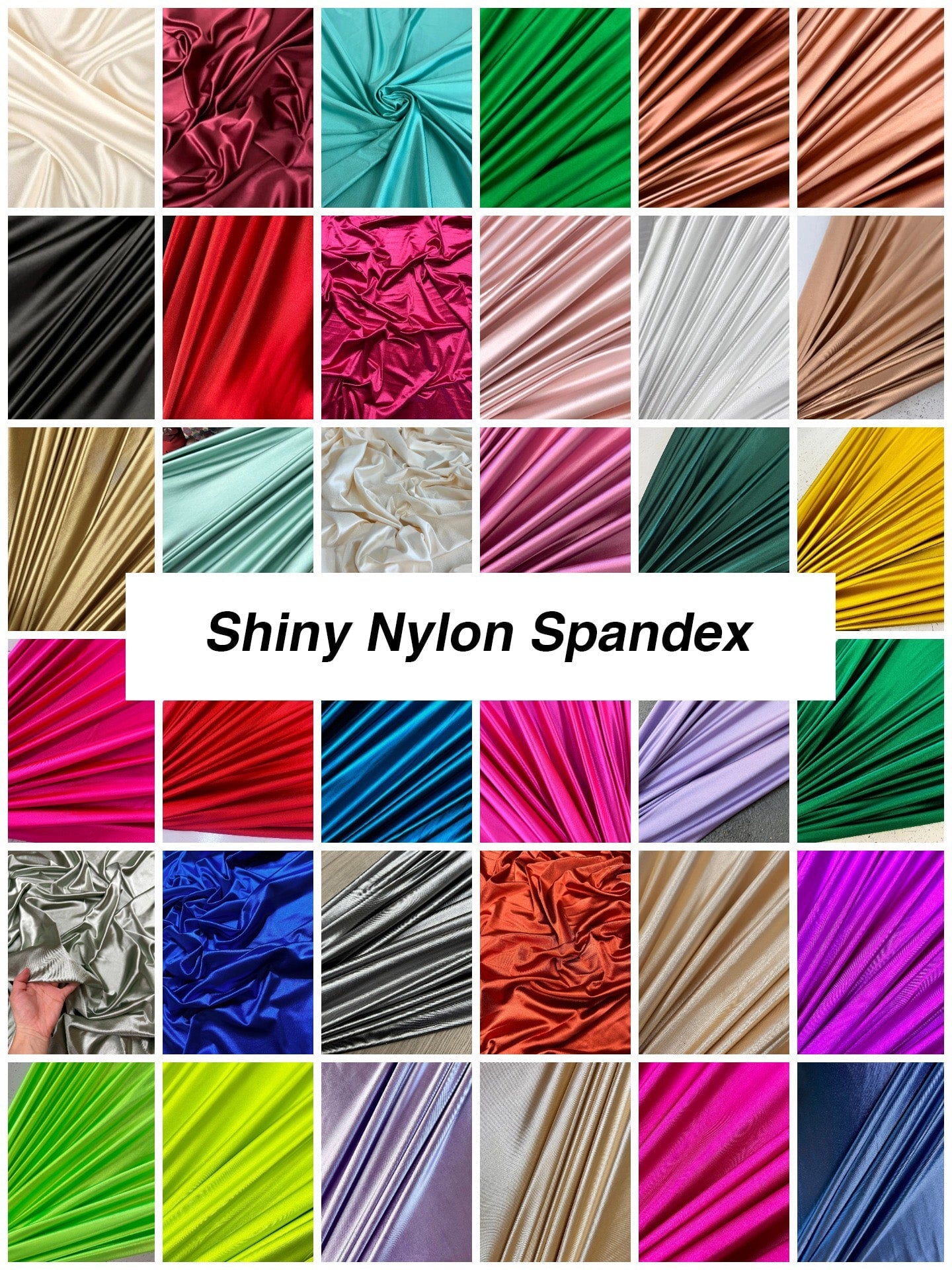
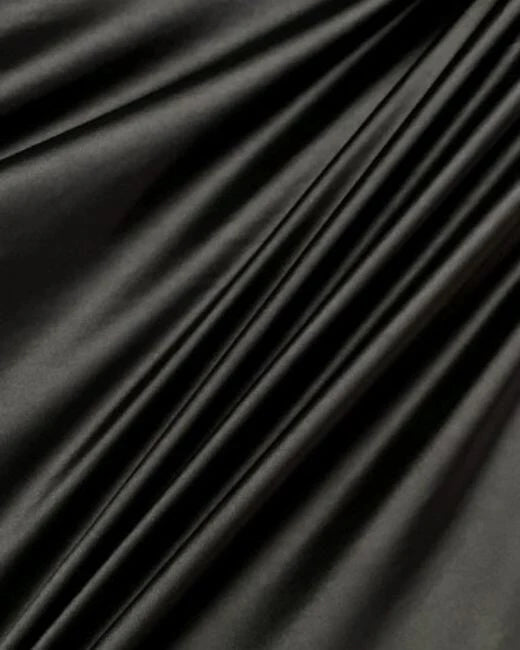
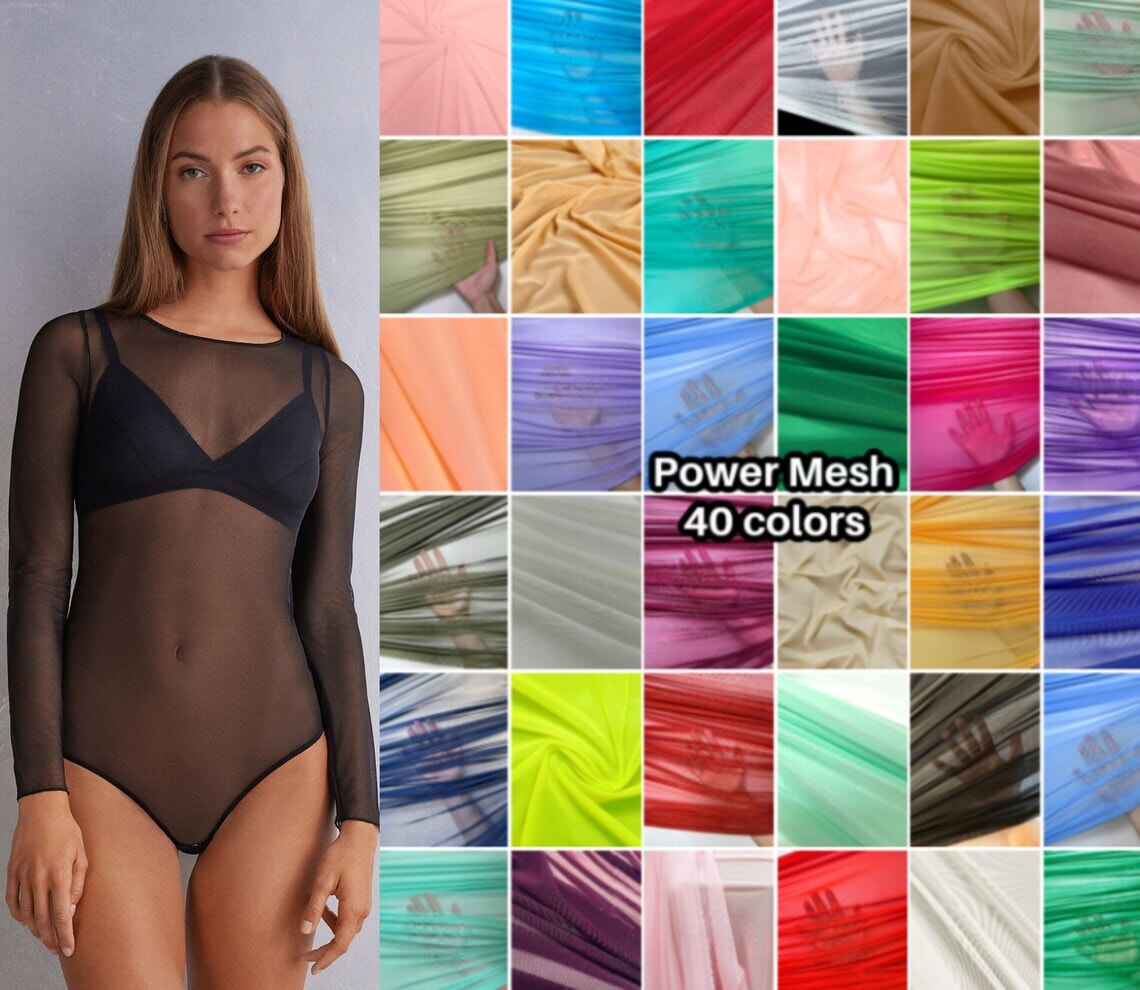
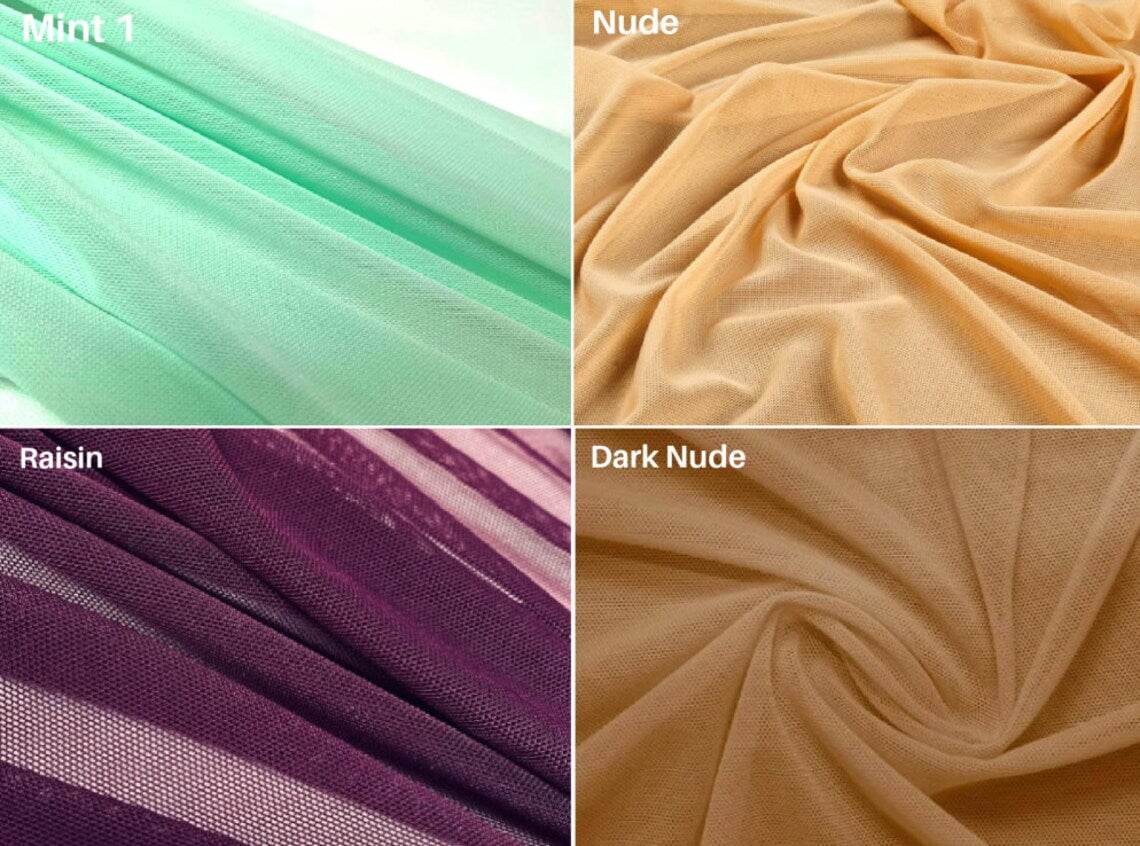
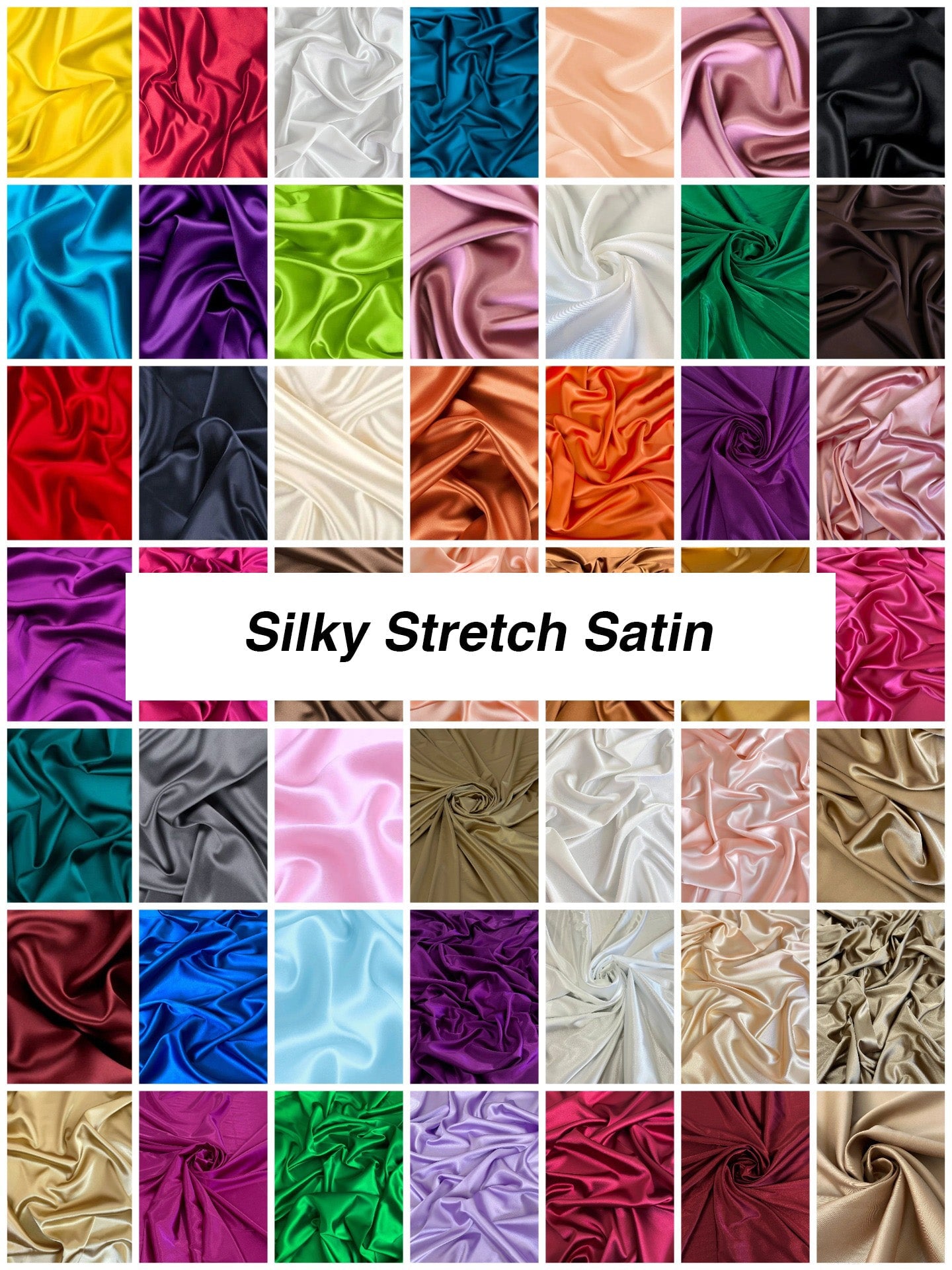
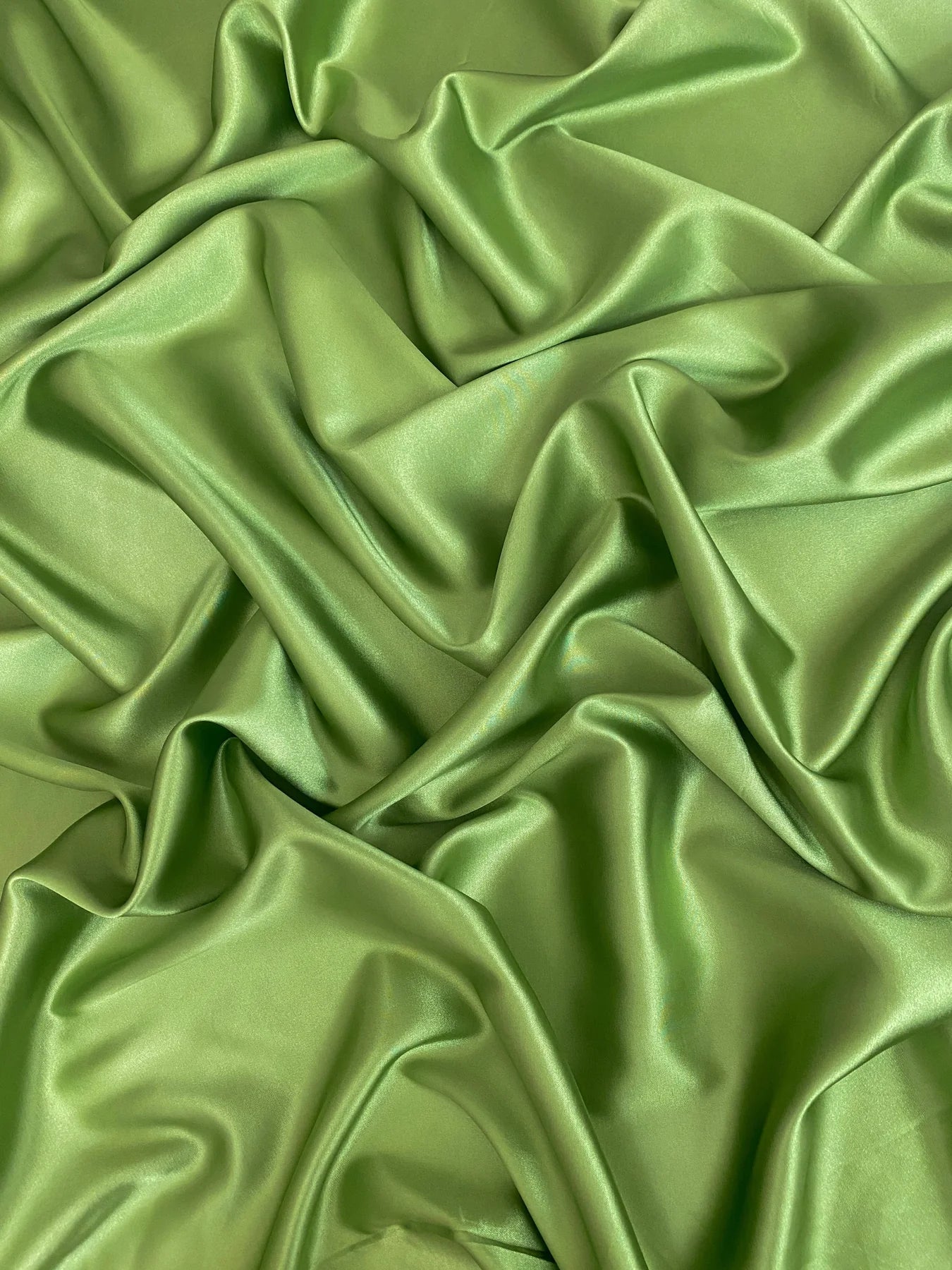
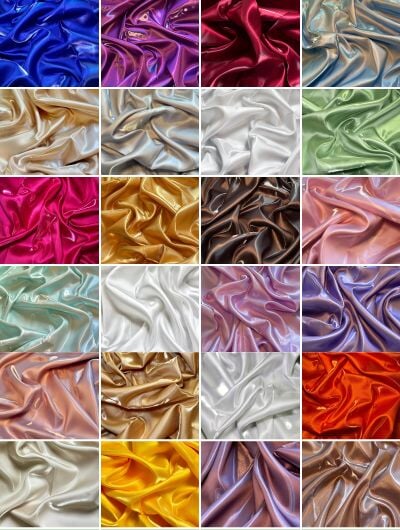
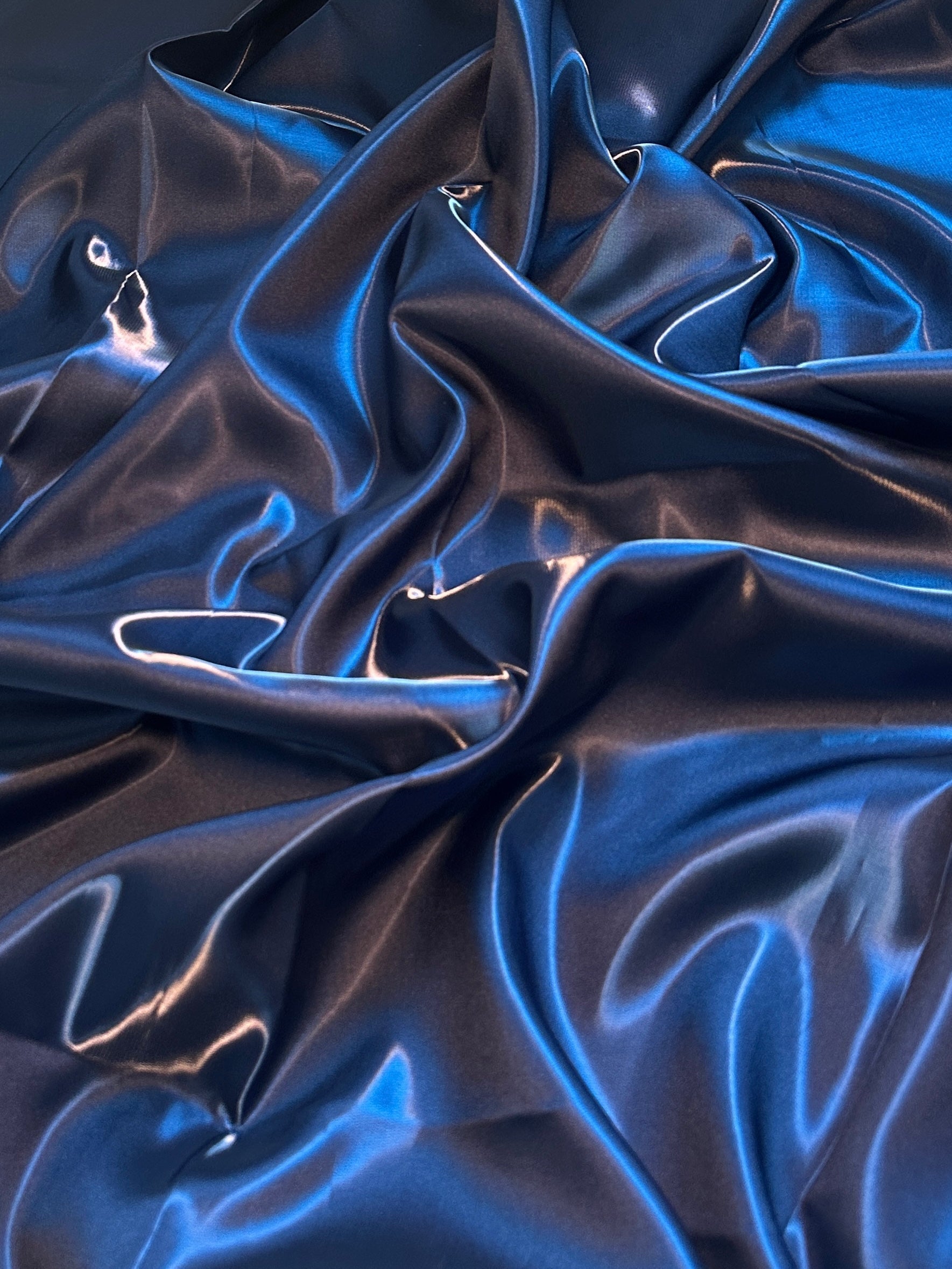
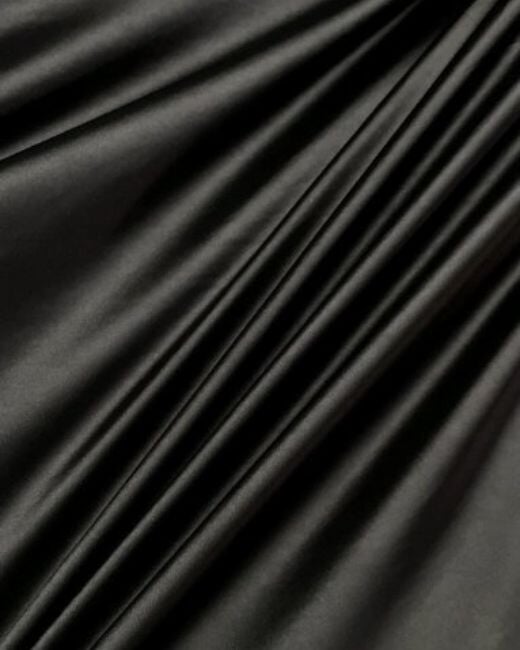

Leave a comment